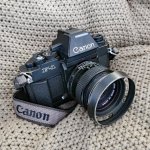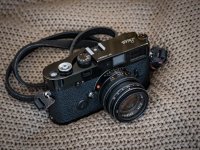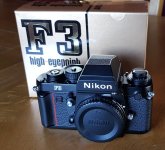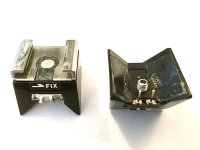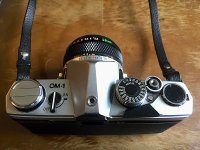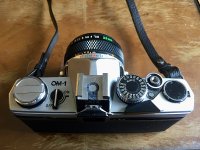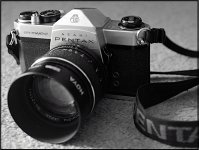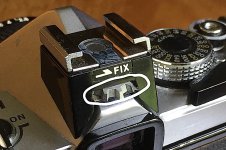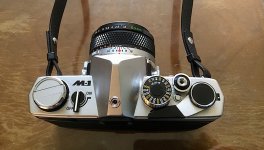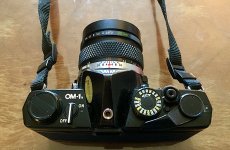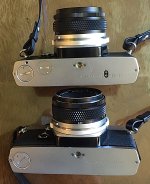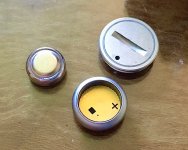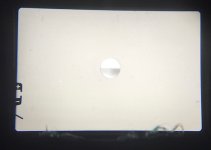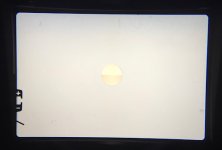Raymond Lin
I am Groot
- Messages
- 10,036
- Name
- Raymond
- Edit My Images
- No
I’ve booked my ticket to go to Tokyo next year and i know the Japanese take care of their stuff generally extremely well and want to pick up a film camera there and do a project just with film.
Probably pick up a 50mm while i am at it…..so the question is…
Which film camera? Oh, with a built in Light Meter! Manual focusing is fine but Light Meter is a must.
Cheers
Probably pick up a 50mm while i am at it…..so the question is…
Which film camera? Oh, with a built in Light Meter! Manual focusing is fine but Light Meter is a must.
Cheers
Last edited:


